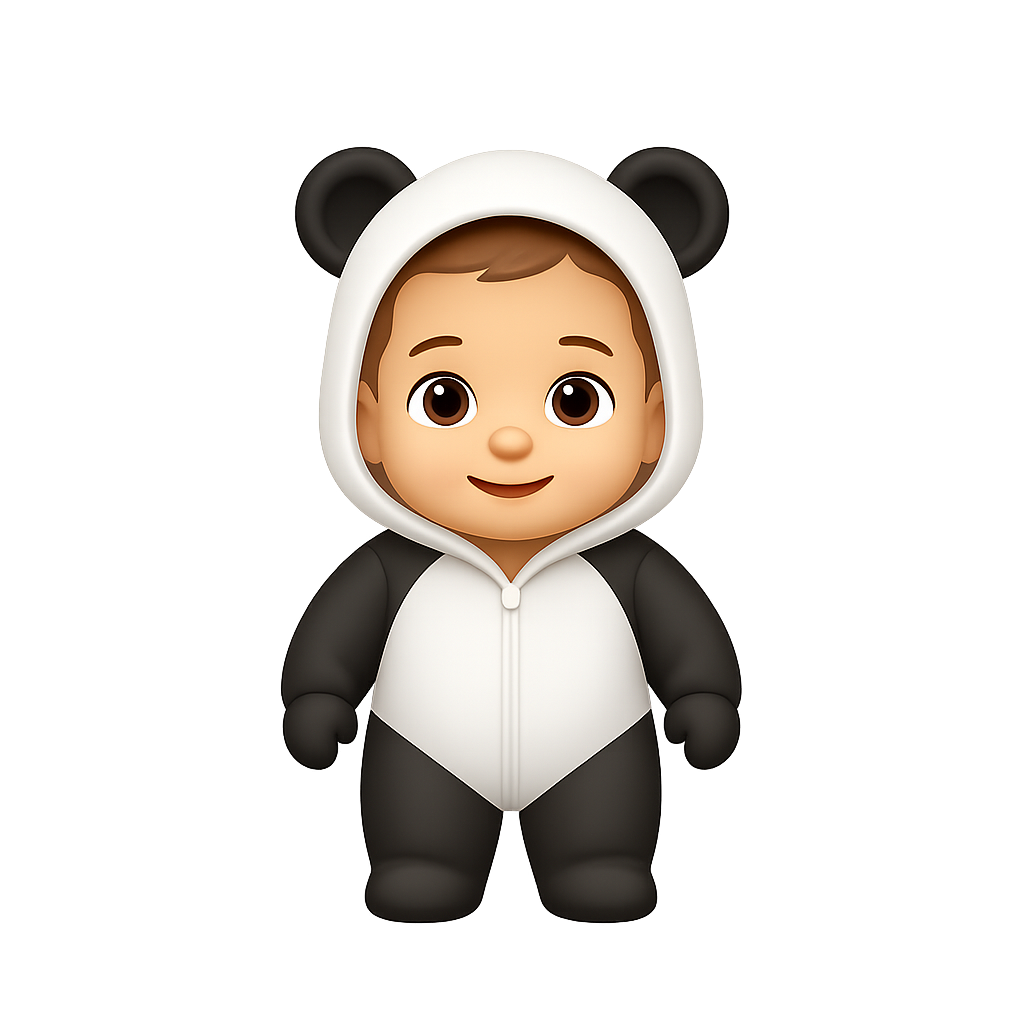Mythbusting AI Baby Generators: Separating Fact from Fiction
AI baby generators have captured public imagination, but along with excitement comes misinformation and unrealistic expectations. In this mythbusting guide, we separate scientific facts from common misconceptions, helping families understand what this technology truly offers and what its limitations are.
Myth: AI Predictions Are 100% Accurate
This is perhaps the most common misconception. AI baby generators provide probabilistic predictions based on learned patterns, not definitive outcomes. Think of them as educated guesses grounded in data, similar to weather forecasts rather than crystal balls.
The reality is that human genetics involves thousands of genes, environmental factors, random genetic recombination, and complex interactions that current AI cannot fully model. Predictions are most accurate for dominant structural features like bone structure and less reliable for specific traits like exact eye color or hair texture. Families should view predictions as fascinating probabilities, not guarantees.
Myth: These Tools Read Your DNA
Many people assume AI baby generators analyze genetic data, but this isn't true. Current systems analyze facial appearance through computer vision and machine learning, not genetic sequencing. They look at visible features, not your DNA code.
The AI compares your facial structure against patterns learned from family photo databases. It's essentially sophisticated pattern matching based on appearance rather than genetic analysis. Future systems might incorporate genetic data for improved accuracy, but today's tools work purely from visual information.
Myth: All AI Baby Generators Are Equal
Significant quality differences exist between platforms. Some use advanced neural networks trained on millions of family photos, while others rely on simpler algorithms or outdated models. The training data, algorithm sophistication, and processing methods vary dramatically.
Professional platforms invest heavily in training diverse datasets, continuously updating algorithms, and ensuring representative coverage across ethnicities. Cheaper or free alternatives often use basic blending techniques that produce less realistic results. As with most technology, you tend to get what you pay for in terms of quality and accuracy.
Myth: Predictions Work the Same for All Ethnicities
This myth reflects current limitations in AI training data rather than inherent accuracy limits. Early AI baby generators were trained primarily on datasets with limited ethnic diversity, leading to less accurate predictions for people of color. The field is improving as training datasets become more inclusive.
Leading platforms now actively seek diverse training data to ensure fair accuracy across ethnic backgrounds. However, families from underrepresented groups may still encounter varying prediction quality. Always research platforms to verify their commitment to inclusive, diverse training data and accuracy across ethnicities.
Myth: You Need Professional Photos
While good photos improve results, professional photography isn't necessary. Modern AI baby generators work well with high-quality smartphone photos taken in good natural lighting. Clear focus, even illumination, and a neutral expression matter more than professional equipment.
The key is photo quality rather than photographer credentials. Avoid filters, excessive makeup, dramatic angles, or poor lighting. A well-lit, front-facing photo with your full face visible usually produces excellent results, regardless of whether it's from a smartphone or professional camera.
Myth: AI Predictions Can Diagnose Medical Conditions
This is a dangerous misconception. AI baby generators predict physical appearance features, not health conditions. They cannot diagnose genetic disorders, developmental issues, or any medical concerns. These tools are purely cosmetic prediction systems.
If you have genetic health concerns, consult qualified genetic counselors and healthcare providers. AI appearance predictions and medical genetics are completely separate fields. Never use appearance predictions to make healthcare decisions or skip recommended screenings and consultations.
Myth: Twins Predictions Are Twice as Reliable
Predicting twins involves different probabilities than single births. Twin predictions aren't simply more accurate versions of standard predictions but consider additional genetic modeling for how traits interact in siblings.
Some platforms offer separate twin prediction features that account for how features might vary between siblings. However, twin predictions face additional complexity since they involve predicting two variations from the same genetic pool. Accuracy varies and depends on the specific twin prediction algorithms used.
Understanding What AI Baby Generators Really Offer
The truth is that AI baby generators are fascinating technological tools that combine genetics principles, machine learning, and pattern recognition to create probabilistic appearance predictions. They excel at certain features like facial structure while being less reliable for specific details.
When used with realistic expectations, these tools provide entertainment, emotional connection, and scientific curiosity about heredity. They help families visualize possibilities, bond with the idea of their future child, and celebrate the journey of pregnancy. The key is understanding what they are: sophisticated probability estimations, not definitive predictions or medical tools.
